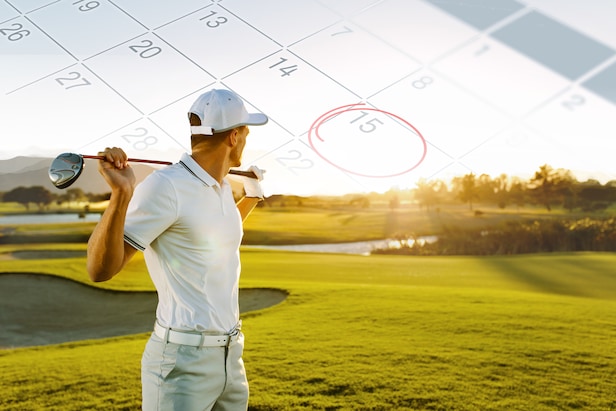Does a tour player’s talent make them easier to work with? Yes and no – Australian Golf Digest

- by Admin
- August 1, 2024

One of the more popular second-guesses you hear on social media comes from the armchair analysts who believe that coaching the most talented players in the world is easy work. Fix that one thing or make that one tweak, and Player X will be flushing the driver, sticking wedges and making birdies all day long.
It’s not quite that simple.
Yes, the best players in the world can do amazing things with a golf club. They have elite coordination and athleticism and are wired to be obsessive about improvement and driven to compete in a way most players can’t imagine. They can do pretty much anything you ask them to do. And they’ll put in virtually unlimited hours and pound thousands of balls to get better.
That’s a great place to start.
But there’s no question that bodies and movement capabilities are different. You might believe that the club should be deeper (or less deep) or less upright (or more upright) or anything else in the swing, but if that belief doesn’t fit with a player’s range of motion and strength and desired shot shape, you’re just going to create frustration. And maybe even cause an injury.
That’s why broad pronouncements about “swing medicine” are generally foolish. You can’t teach the same thing to everyone, and the solution that fixes one player many times will make the next player worse. That’s a tremendous responsibility for a coach, knowing that administering the wrong medicine—or even the right medicine at the wrong time or in the wrong way or wrong amount—can seriously hurt a player’s ability to make a living.
And we haven’t even gotten to the part about how tour players are just as vulnerable to the stresses of everyday life as we all are. They have families and social lives and financial considerations and all the other stuff that can be a wonderful “distraction” or an emotional challenge from day to day and week to week.
So the bar is high: success at the absolute apex of the sport.
The responsibility is significant: a player’s livelihood is at stake.
And the player is the ultimate skeptic: a virtuoso who has likely had success before you.
That means you have to be able to figure out who the player is, determine an improvement plan that can be successful and be able to communicate that with a high-achieving person who is understandably impatient to see progress. That can be intimidating if you aren’t ready for it. Players aren’t asking you for what might work. They’re looking for durable solutions they can count on under the greatest pressure. And they’re looking for you to deliver on what you say.
Is that the same physics, biomechanics, physiology and psychology that a recreational golfer deals with? Are the stakes the same? In a word, it’s a different game.
This article was originally published on golfdigest.com
The Latest News
-
January 9, 2025Cleveland New Releases for 2025 – Australian Golf Digest
-
January 9, 2025’Never told anybody’: Djoker makes sensational claim he was ‘poisoned’ in Australia
-
January 9, 2025Australian Open 2025: Everything you need to know
-
January 9, 2025Djokovic claims he was ‘poisoned’ during COVID detention in Melbourne
-
January 9, 2025Sahith Theegala pledges $100 per birdie and $250 per eagle at the Sony Open toward L.A. wildfire relief – Australian Golf Digest





